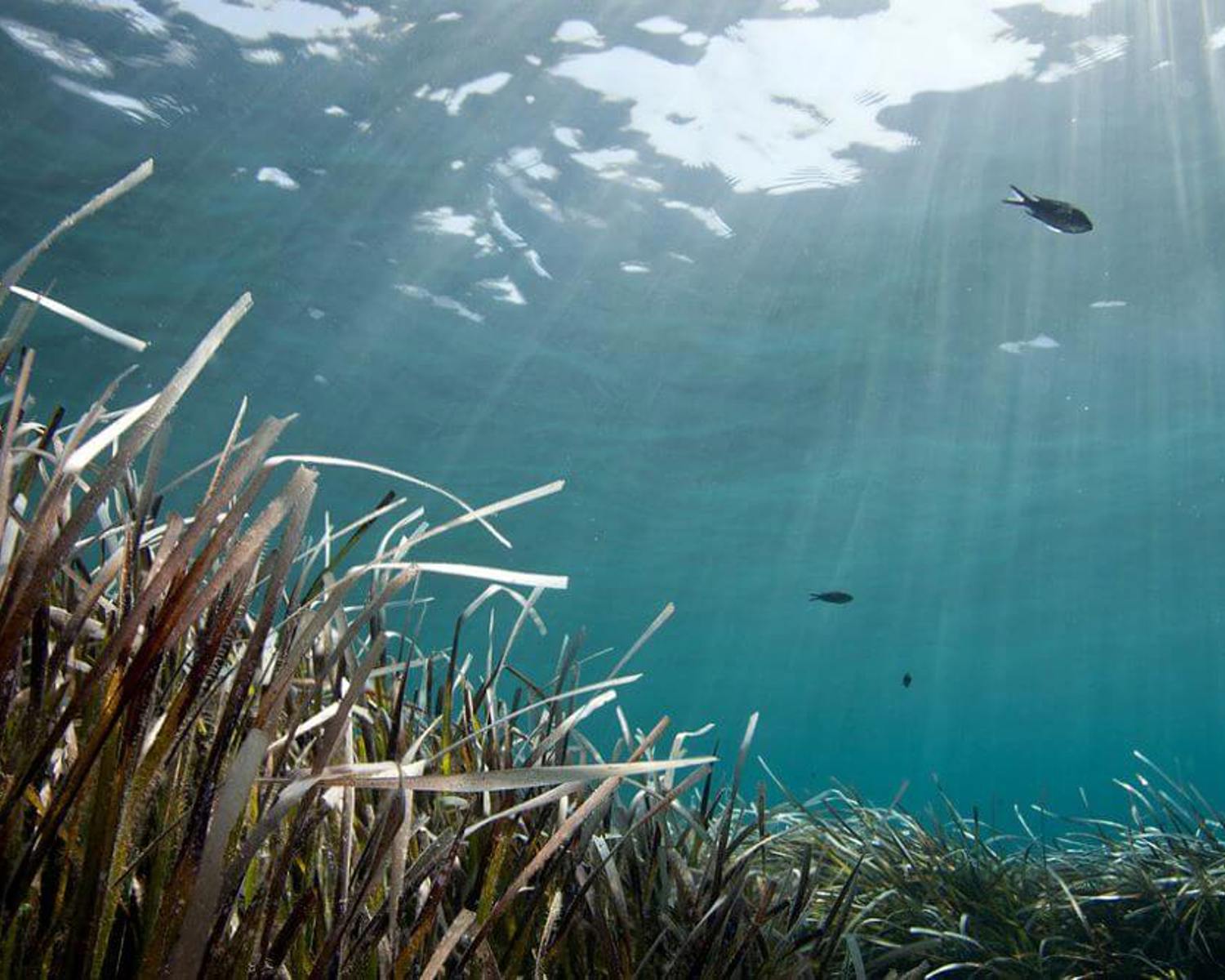
Oceans & marine
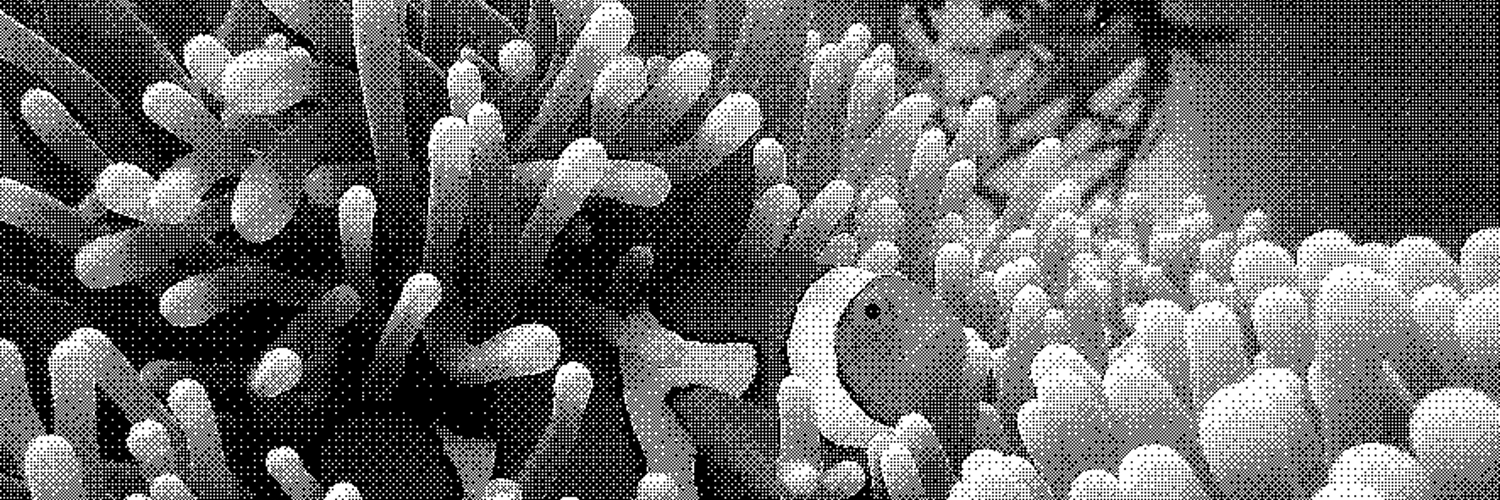

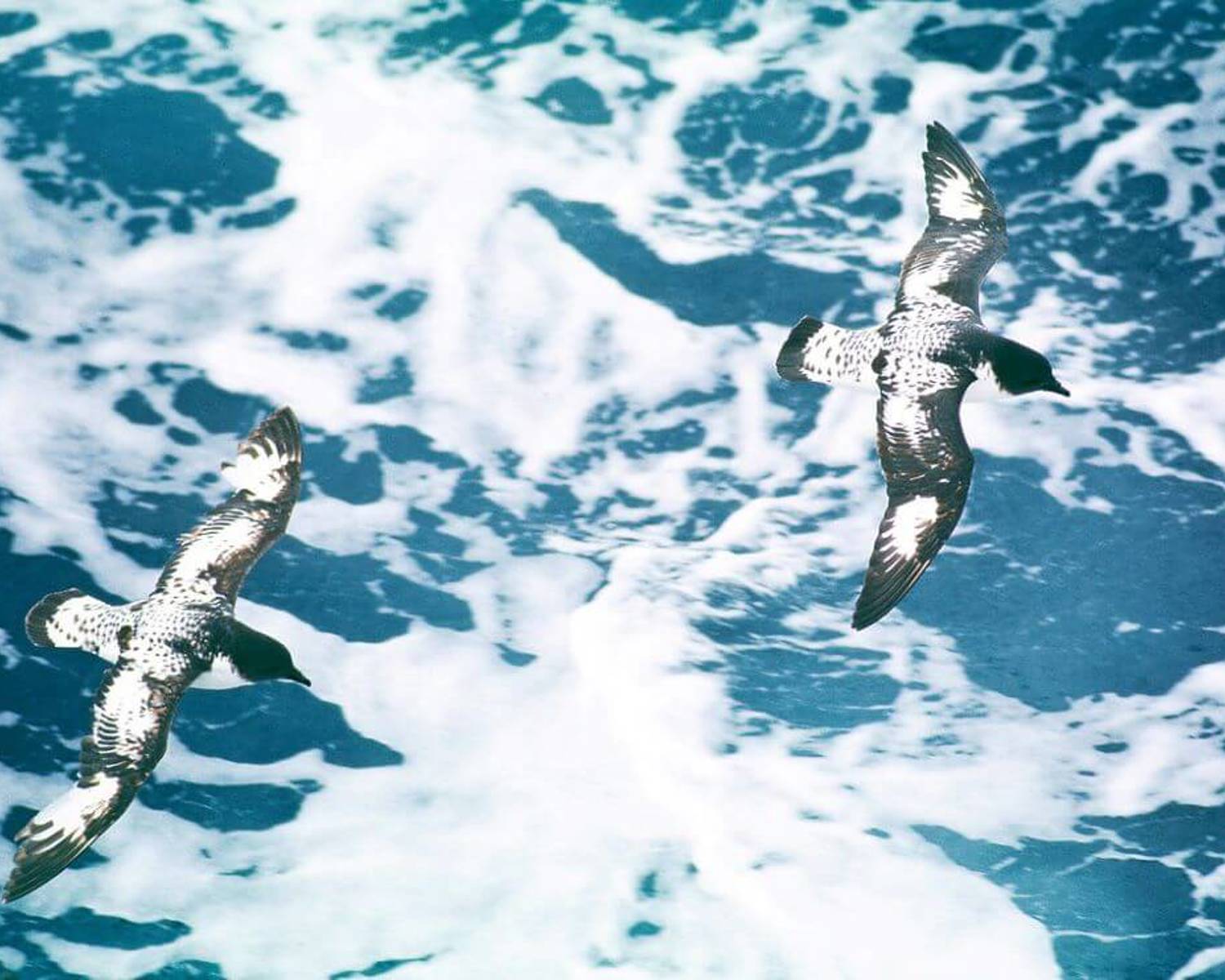
Reflective foams and bubbles on oceans
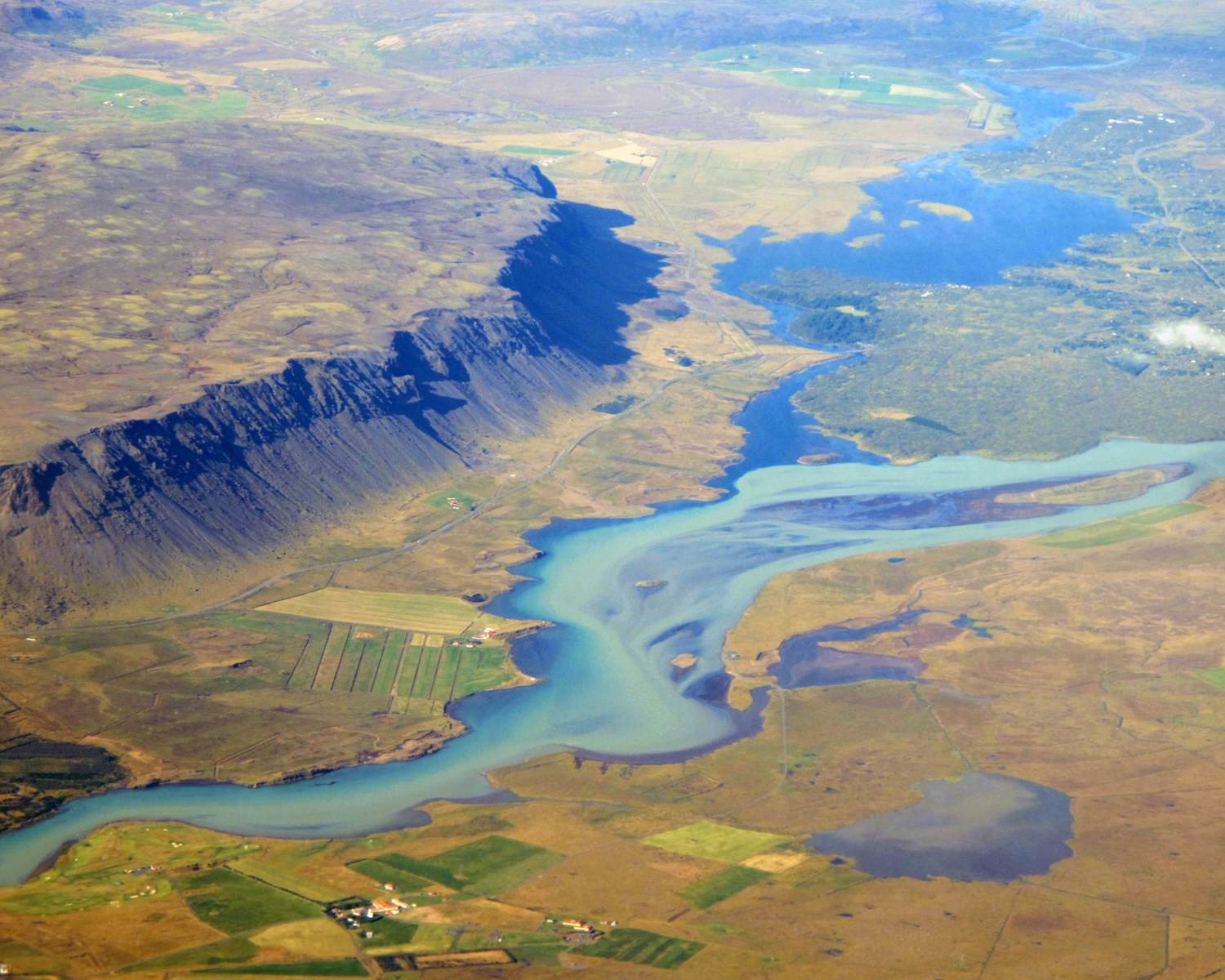
River Liming
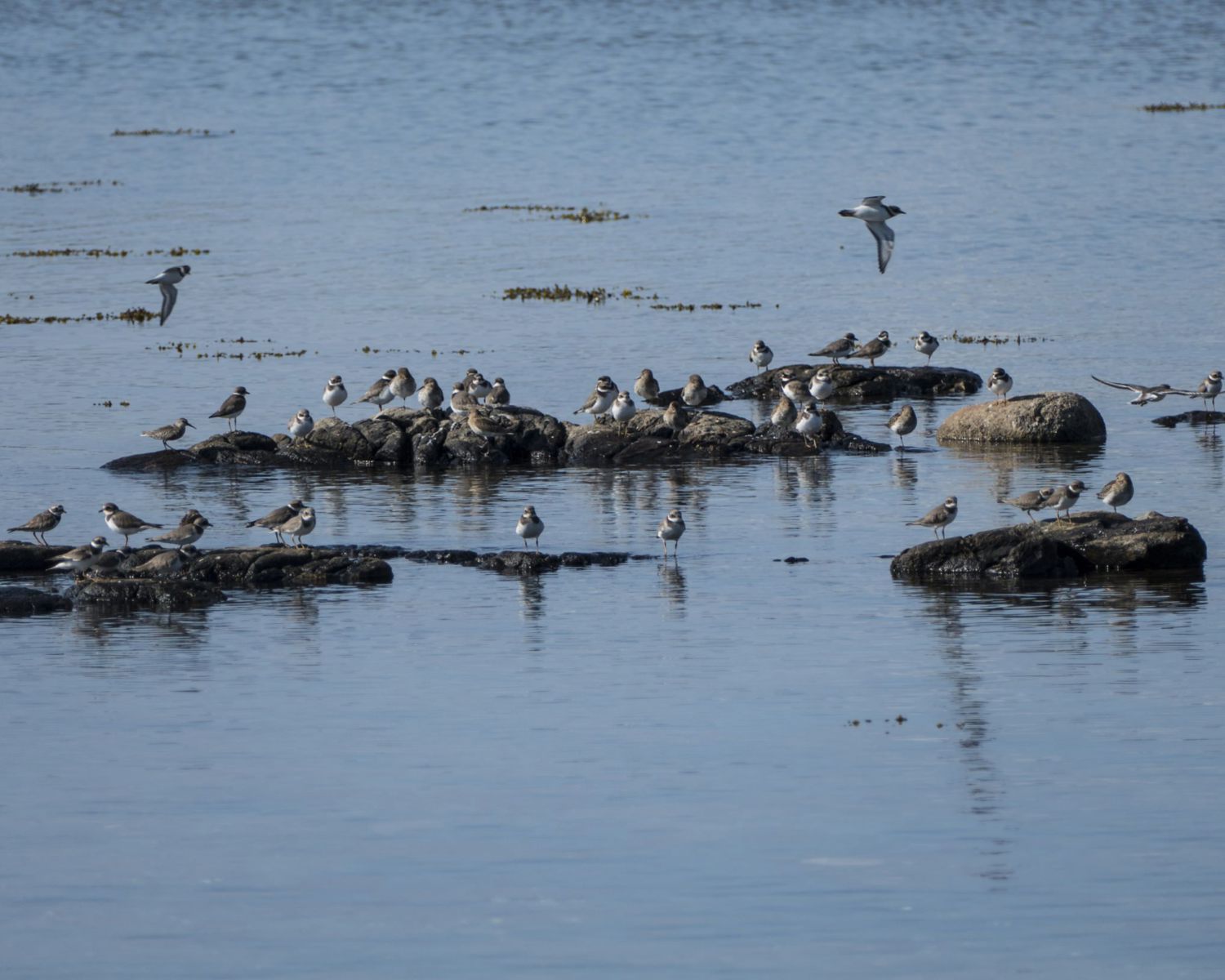
Ocean Alkalinity enhancement
Carbon uptake in the ocean mainly occurs directly through ocean-atmosphere interaction or through weathering processes. Due to this uptake of carbon, the oceans turn more acidic overtime, and since the start of the industrial revolution oceans have become 30% more acidic. This has all sorts of effects as it, for example, impacts marine biochemistry, and prevents certain organisms from successfully growing.
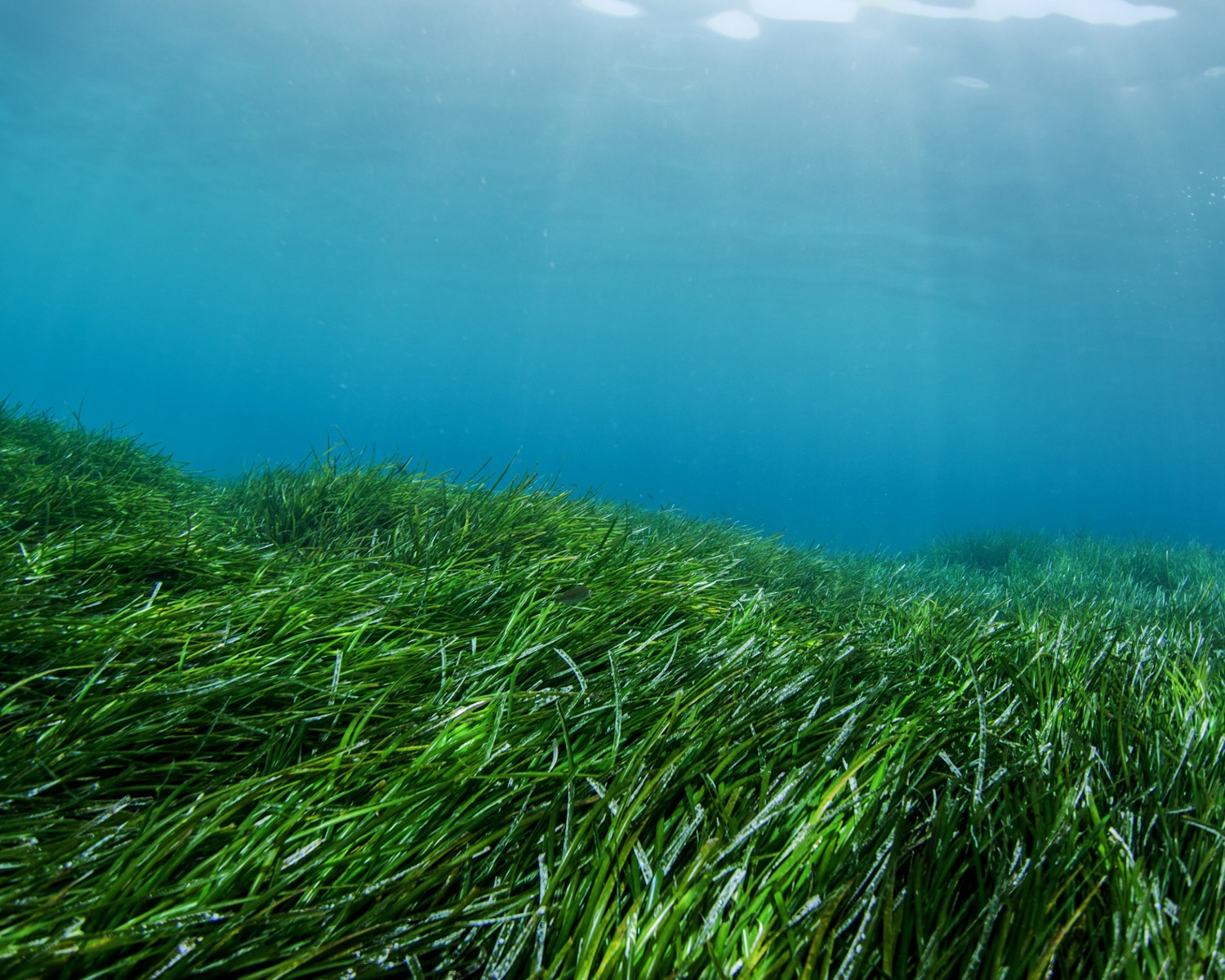
Re-oxygenating the Baltic
The deep waters in the Baltic are severely deoxygenated. Although the causes of the current state are complex, this is mainly a result of increased eutrophication from sewage and agricultural runoff from surrounding lands, which leads to extreme bioproductivity (Rolff et al. 2022). Some species manage to survive in the upper water layers, but many organisms living on the seafloor are severely impacted by the hypoxia, thereby influencing the health of a wide network of ecosystems and biochemical processes. There are attempts to reduce nutrient runoff into the Baltic (see for example: https://helcom.fi/baltic-sea-action-plan/). However, some argue these will be insufficient and argue for engineering solutions to the issue.







